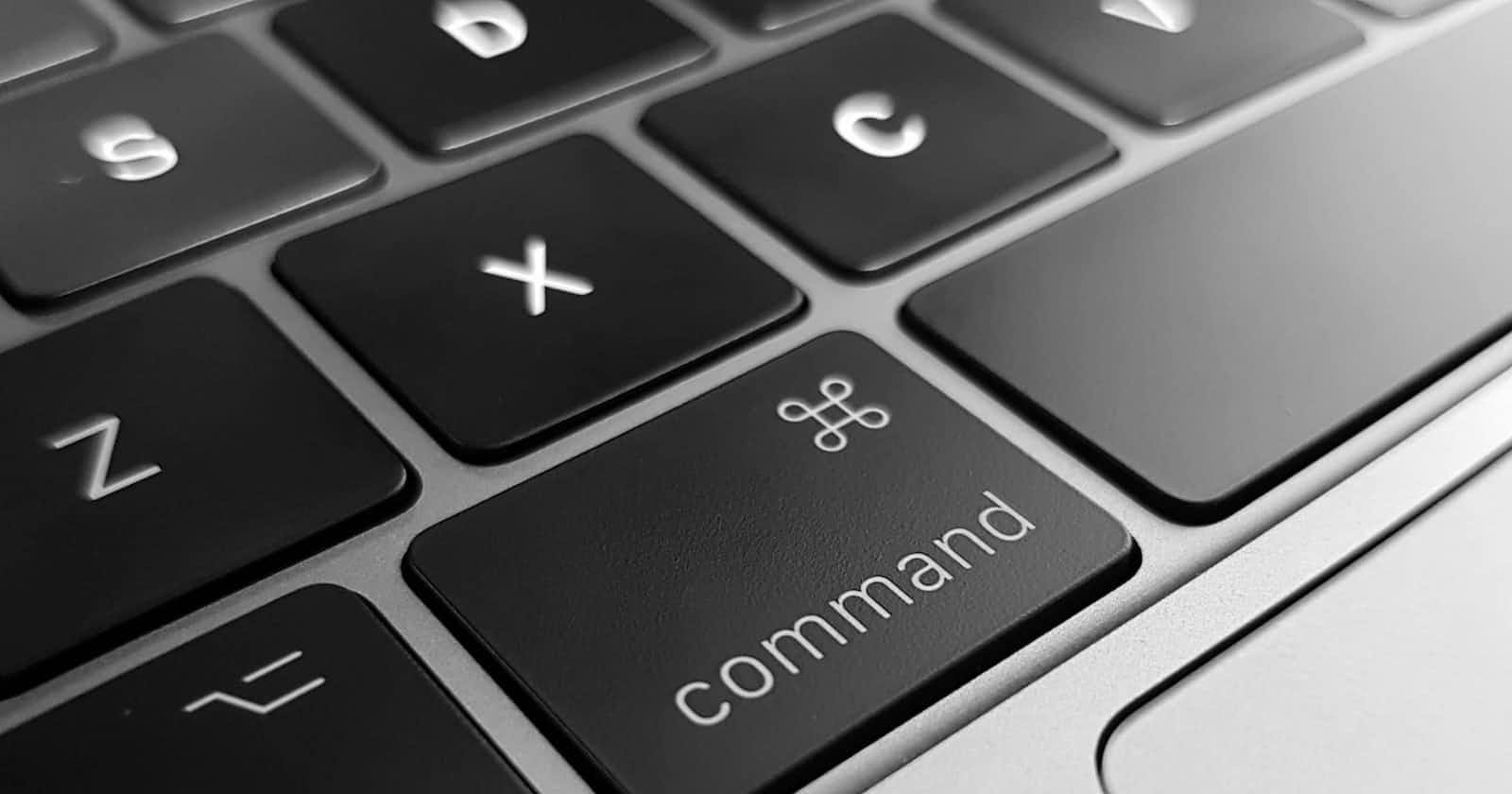
Photo by hannah joshua on Unsplash
The Most Useful Commands for Everyday Computing that you should know👨💻👩💻
Are you new to Linux or Git?
If so, don't worry in this piece we go over the most useful Linux as well as Git commands, enabling you to become a top-tier developer😃. Since there are many various commands you can use, mastering it takes time. But some commands are used more frequently.
Introducing Myself:
It might be suitable for me to introduce myself right now. My name is Atharva Nimbalkar, and I love to explore tech n everything. I began experimenting with python two years ago. I have in mind to grow my understanding and skills. I refuse to give up working on it.
let's get going.🎯
Start
lscommand: The files and directories in the current working directory are listed using the ls command.cdcommand: The cd command stands for change directory and is used to change the current working directory.touchcommand: A file can be created in the present working directory using the touch commandrmcommand: The rm command stands for remove and is used to delete(permanently) the file.mkdircommand: To make a new directory, use the mkdir command.rm -rfcommand: The rm -rf command is used to delete the directory.pwdcommand: To view the complete path name of the present directory, use the pwd command.git initcommand: git init command is used to create a new git(initialize) repository. Before we can do anything git-related, we must initialize a repo first.git statuscommand: git status command is used to display the information on the current status of a git repository and its contents. It is also constantly used to verify what changes are staged and not staged.git addcommand: git add command is used to stage changes to be committed. It simply adds a particular file to the staging area.git commitcommand: It is the most important git feature. The git commit command is used to actually commit changes from the staging area.git branchcommand: The Git branch command is used to view your existing branches.git checkoutcommand: We used git checkout <branch_name> to switch branches.git clonecommand: git command git clone is used to copy all of the files connected to the specific repo to your local computer.git pushcommand: git push command is used to get your changes and git repo on GitHub.Push new commits up to GitHub.
Thanks for reading!
Conclusion:
The commands to track changes across multiple projects, compare project versions, collaborate, share, and combine changes are all very helpful. Being able to use all the different instructions requires practice, practice, practice👨💻👩💻.
Additional Resources:
Git Cheat-sheet: By Github
Unix/Linux command: By IIT Indore
